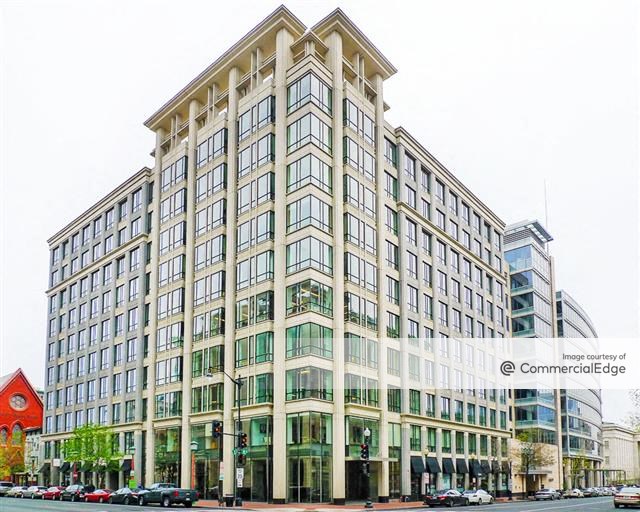Yes, Retail Financing Is Possible
No financing is easy to secure today, but these loans are back in favor with lenders, according to Claudia Steeb and Dave Marshall of JLL Capital Markets.
The only thing constant with retail is…change. Understanding the change and its impact on the retail assets enables us to secure financing for retail assets today. Ever-evolving, retail properties require attention to detail from tenant mix to occupancy costs, rents, lease terms, co-tenancy, and termination rights. These factors impact the actual underwriteable net income and valuation that provide the calculated loan metrics for each asset. What has changed in retail financing?
We have seen a secular shift from the time period between 2017 and 2020, often referred to as the “retail apocalypse” during which time many lenders avoided retail loan opportunities, to today with lenders closing loans for retail assets beyond only the “best in class” grocery-anchored properties. As retail moved back into favor, the available debt expanded from primarily CMBS and recourse bank loans to include insurance companies, non-recourse bank loans and debt funds, each meeting borrower’s differing needs for financing.
While many retail property owners often desire a 10-year fixed-rate loan, today’s interest rates are higher than we have seen in many years, leading borrowers to seek shorter term loans to “bridge the gap” of uncertainty in the market. With higher interest rates, borrowers need to focus on debt service coverage ratios rather than debt yield, as DSCR may be the limiting factor on maximum loan amounts. One client recently referred to a large floating-rate loan as a “bandage until the market settles down and figures out what it wants to be.” That’s an interesting take on today’s chaotic market.
This leads to interest rates and pricing. Early in 2022, securing a 2.5 percent to 3.5 percent interest rate fixed for 10 years with some/all interest-only period for a retail asset was very common. Compared to multifamily and industrial properties, these 3 percent-plus interest rates were “high,” providing a good return to some lenders who were balancing their loan portfolio returns. Today, many lenders are not sure where or how to price loans not only for retail, but for all asset classes. Two things: (1) No matter the interest rate, if the deal works, lock the rate, close the loan, and do not look back, as loan payments can be made; and (2) You know your interest rate when your loan is fully closed/sold, as up until that time, rates are generally subject to change for most lenders (exception being insurance companies who lock rate at application). Where are today’s rates for retail? It changes daily, but they are above corporate bond rates for the most part.
Appetites for Risk
The trend of underwriting around risk continues to be a requirement for many lenders. This involves establishing escrows not only for real estate taxes and insurance—which in some cases are becoming requirements on core loans again—but also based on major tenant lease expirations, co-tenancy, potential capital expenditures (based on the age of roofs, parking lots, etc.), and future tenant improvement and leasing commission costs. Many of these escrows now require a deposit at closing and continued funding at some point in time during the loan term, whereas this had not been a requirement of many lenders in core markets over the last three years. Given the number of escrow accounts, establishing caps for the escrow accounts impacts the returns to owners/borrowers.
Transaction size matters as the definition of “large loan” has shifted from “over $100 million” to any loan above $50 million or $75 million. Fewer lenders today can compete for the large loans, requiring two or more lenders to participate in providing a loan for the larger assets.
Knowing the lenders and their limitations impacts the ability to place retail debt today. The large money center banks generally remain out of the market due to credit, risk and/or regulatory issues. As is often the case. insurance companies are hitting their annual allocations, but their ability to provide fixed interest rates for loans to close in 2023 enables them to remain a competitive financing source. This situation has enabled smaller regional, local and community banks to capture clients and effectively compete for loans that were priced too competitively to meet their lending requirements.
With all of the uncertainty, strong sponsorship and location remain key factors in seeking loans for retail assets today. Tenants will change. Therefore, providing a lender with the sponsorship’s ability to secure the right replacement tenant based on experience and financial strength weighs even more heavily in securing retail loans today.
In the past six months, we have closed loans on department store boxes, grocery-anchored retail, malls, lifestyle, power, open-air, neighborhood and community centers, and single tenant retail properties just by knowing and understanding the ever-changing retail lending environment.
Claudia Steeb is senior managing director, JLL Capital Markets, and John Marshall is senior director, JLL Capital Markets.









You must be logged in to post a comment.